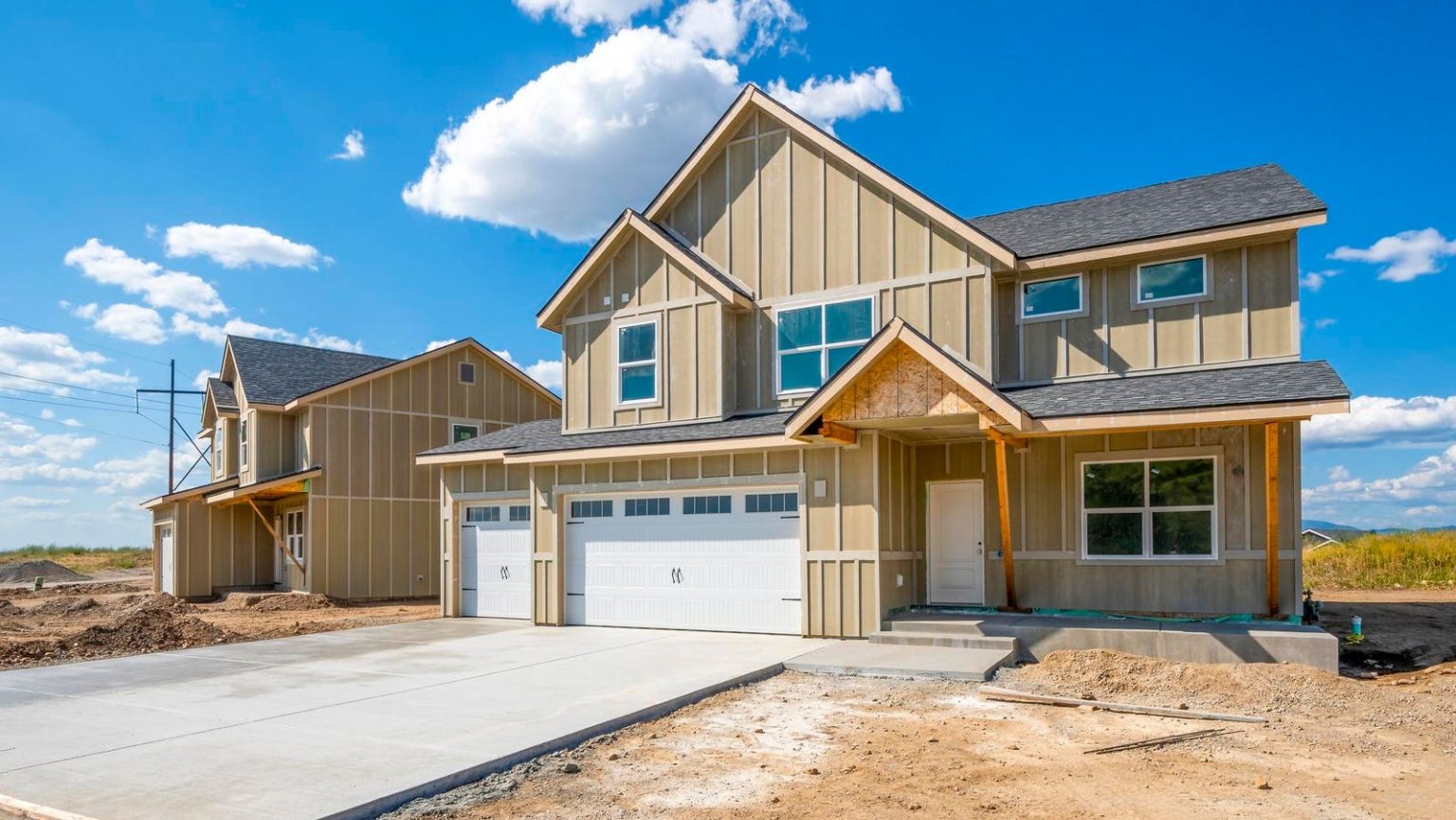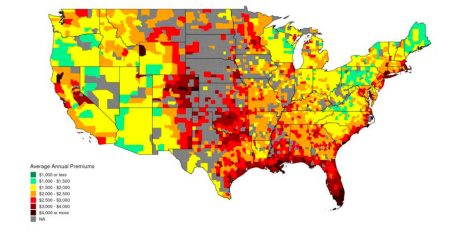Access to housing in the United States is one of many issues Americans face as they grapple with the current economic environment. Paired with higher interest rates, and increased costs of groceries and basic essentials, homeownership—once the cornerstone of the American Dream—is an increasingly elusive reality. Additionally, with Pew Charitable Trust citing a shortage of four to seven million homes across the country, those who can find a home are spending a much larger portion of their paychecks than in previous years.
As younger generations begin to buy homes, there also appears to be a growing disparity between lifestyle expectations and the cost of living. This moment requires a realignment of what people should expect now and in the future. As the broader economy stabilizes and inflation cools, many people have reasons to be optimistic and an opportunity to find a better path that sets them up for a lifetime of success.
Recognizing Misaligned Expectations
Many younger buyers are facing homes priced higher than ever before, driven not only by inflation and demand but also by the features and amenities that come as a standard in new homes today. Modern homes often include advanced technology, luxury materials, and energy-efficient systems that were not built decades ago. This evolution means today’s homes are not directly comparable to past options, and buyers need to adjust their expectations accordingly.
Additionally, the broader market has experienced some decline in recent weeks. This could be the result of an overreaction, suggested Dana Peterson, chief economist of the Conference Board in a recent interview with Bloomberg. For instance, the combination of lower-than-expected job numbers combined with the Fed’s decision to not decrease interest rates, caused temporary market shocks, leading many to mistakenly believe that the U.S. was heading toward a recession. This misalignment of expectations underscores a critical point for buyers, and waiting for the Federal Reserve to make interest rate changes before purchasing a home is not a viable strategy. Instead, individuals should focus on aligning their income with their lifestyle choices, ensuring they can afford a home in the current economic climate.
The Rationale For Optimism
Despite the challenges, there are solid reasons to remain optimistic about the housing market and the broader economy. A soft landing for the economy is still within reach if appropriate steps are taken. The Fed’s actions have been deliberate, aiming to cool inflation without triggering a recession. While some pain points are inevitable—such as rising unemployment and higher consumer debt, the overall trajectory points to the return of a stable and sustainable economic environment.
Efforts to shape new zoning policies intended to boost housing availability have been widely supported across the country, Pew Charitable Trusts’ survey found. These initiatives, coupled with policies that focus on enabling more access — like The HomeFirst Down Payment Assistance Program, which provides incentives for first-time home buyers — could play a significant role in enabling people to buy homes.
A Positive Path Forward
Looking ahead, the U.S. housing market is showing signs of stabilization. August’s Realtor.com housing report indicated that the market is cooling. While sales are still elevated, housing prices are beginning to level off. The U.S. market also is seeing improvements to inventory, which is beginning to align around the resetting expectations of the buyer.
Realtor.com’s report found the median price of homes for sale this August decreased by 1.3% compared with last year, at $429,990. However, the median price per square foot grew by 2.3%, indicating that the inventory of smaller and more affordable homes continues to grow in share. Essentially, this reflects a shift toward more realistic valuations that align better with what buyers can afford. This stabilization, coupled with cooling inflation, suggests the economic environment is becoming more conducive to sustainable growth.
Ultimately, the state of the U.S. housing market reflects broader economic trends that are both challenging and promising. By understanding the need for alignment between expectations and reality, consumers can navigate this evolving landscape with confidence, setting the stage for a balanced and optimistic future.
Read the full article here










